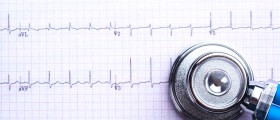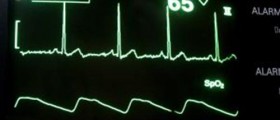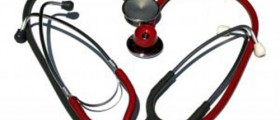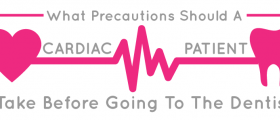
Cardiac Stress Test
The discrepancy in the blood flow to the muscle tissue of the heart’s left ventricle while at rest and while stressed can be evaluated with the use of a cardiac stress test. This test can show if a heart disease or some other problem is present. It can also help the doctor in determining the severity of the heart disease. The test can show if the heart can contract and relax in a way that provides the needed force that pumps the blood to the aorta and other arteries. The work associated with the pumping of the blood is mostly done by the muscle tissue of the left ventricular, which is the reason why cardiac stress test is done on this muscle tissue. There are cardiac home kits that give you the possibility of doing this test at your home, and there are several manufacturers that make these home kits. But this test should not be highly regarded because the cardiac technician is the only person who can perform this test professionally and provide 100% correct results.
The Beginnings
The first use of the cardiac stress test was related to the determination of the vascular system's general health. This was back in the 1929, when this test was first given, using an ECG machine. The test requires a blood pressure cuff to be applied around the arm, along with the sensor attached to a finger. This sensor detects the level of oxygen in the person's blood. After the ECG, there are certain exercises that have to be done, but they are easy to perform. Stationary bike or a treadmill are mostly used, but other exercises can be used as well. There are several factors that influence the set of exercises used and this will be decided by the physician. During the exercise, the patient will be exposed to increasing intensity of the exercises while a monitoring of the ECG, blood pressure and pulse is being done. Cardiac stress test is done for several reasons such as:
planning the intensity and place of the rehabilitation following a heart attack, finding safe level of participation before beginning an exercise regime, monitoring of response of the heart to an open coronary procedure or cardiac treatment, identifying the irregular rhythm of the heart, finding coronary artery blockage, and finding if the heart is the reason for chest pain problems.It is good to have this procedure even if you are young and think that these kinds of problems cannot affect you. The procedure costs vary and can go from 100 $ to 1300$.

















Your thoughts on this
Loading...